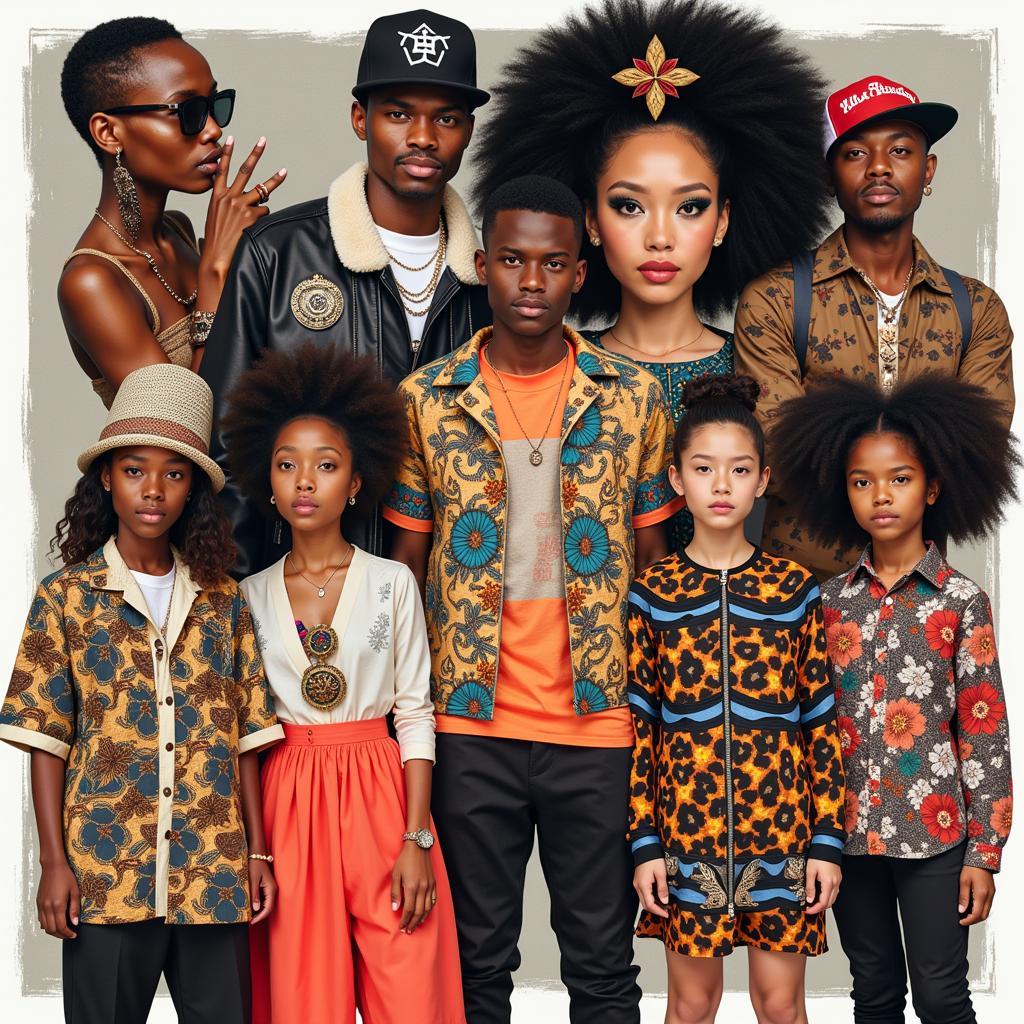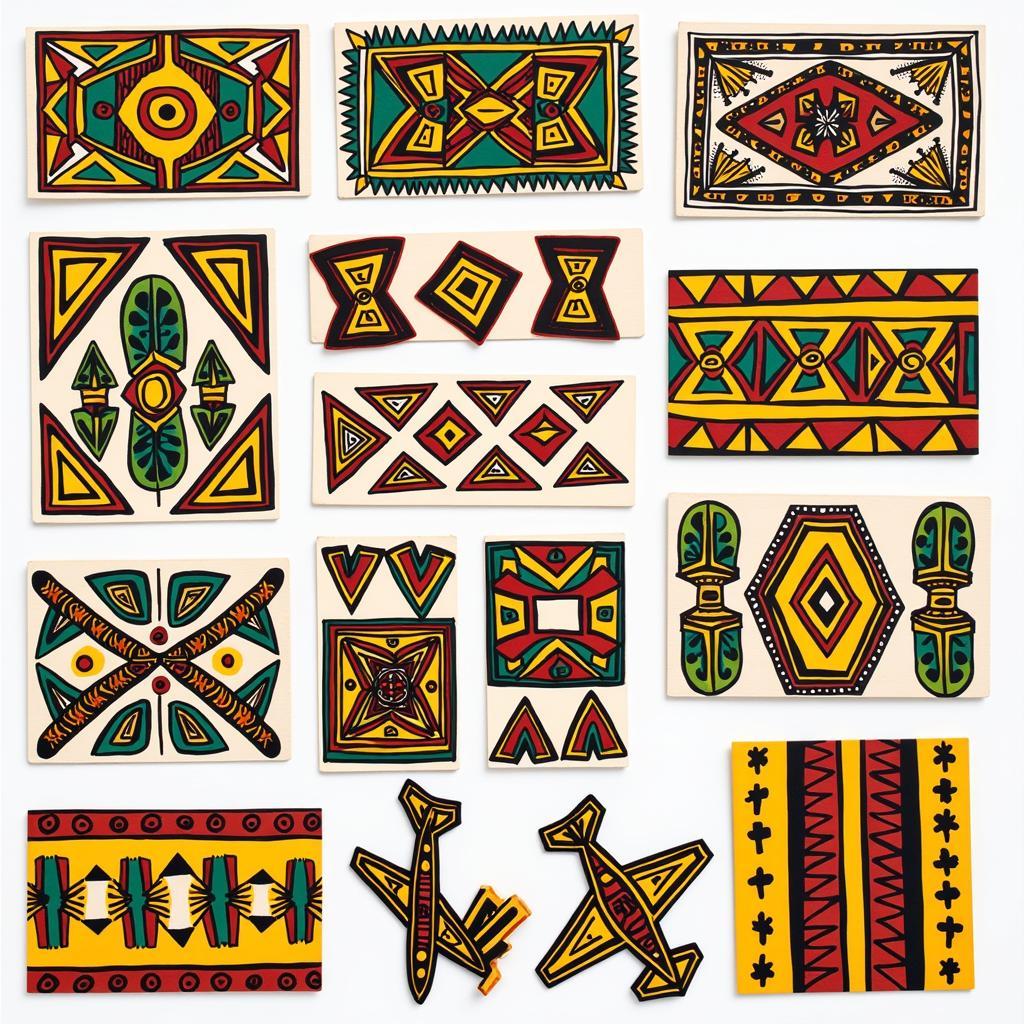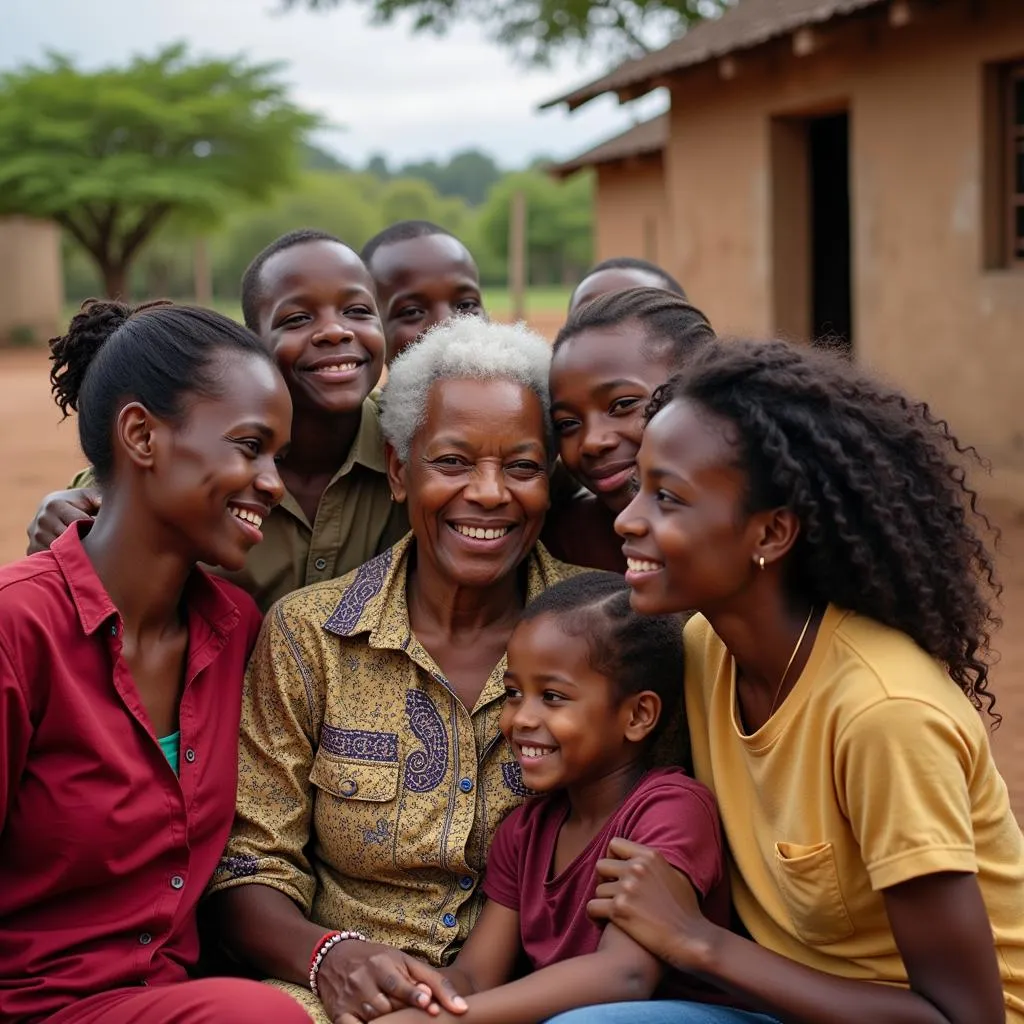Exploring the Intersection of African American and Asian Cultures
The intersection of African American and Asian cultures is a complex and often overlooked aspect of the global cultural landscape. This article delves into the historical connections, shared experiences, and contemporary interactions between these two vibrant communities, exploring the nuanced relationships and cultural exchange that have shaped their identities. Check out this article on African American women celebrities.
Historical Connections and Shared Experiences
African Americans and Asians share a history marked by struggles against racial prejudice and discrimination. Both groups have faced systemic oppression, economic exploitation, and social marginalization throughout history. From the Chinese Exclusion Act of 1882 to the Jim Crow era in the United States, both communities have fought for civil rights and equal opportunities. This shared experience of marginalization has often led to alliances and collaborations in the pursuit of social justice. For example, the Black Panther Party and Asian American activists found common ground in their fight against police brutality and systemic racism during the Civil Rights Movement. This historical context provides a foundation for understanding the complexities of African American and Asian relations.
While shared experiences have fostered solidarity, there have also been instances of tension and conflict between the two groups. Economic competition, cultural misunderstandings, and internalized racism have sometimes created barriers to understanding and cooperation. Acknowledging these challenges is crucial to building stronger bridges between African American and Asian communities. Exploring the history of these interactions provides a deeper understanding of the current state of affairs.
Cultural Exchange and Contemporary Interactions
Despite the complexities of their relationship, African American and Asian cultures have also engaged in significant cultural exchange. Music, fashion, and art have served as mediums for cross-cultural dialogue and influence. Hip-hop, for example, has been embraced by Asian American artists and communities, leading to unique hybrid forms of musical expression. Similarly, African American fashion has influenced trends in Asian countries, and vice versa. This reciprocal exchange demonstrates the dynamism and interconnectedness of global culture.
 Cultural Exchange Between African American and Asian Communities Through Music and Fashion
Cultural Exchange Between African American and Asian Communities Through Music and Fashion
In contemporary society, African American and Asian interactions continue to evolve. Interracial marriages and relationships are becoming increasingly common, leading to the creation of blended families and mixed-race identities. These evolving demographics are reshaping cultural landscapes and challenging traditional notions of race and ethnicity. Learn more about African American muscle vs Caucasian. Understanding these demographic shifts is essential for navigating the complexities of multiculturalism in the 21st century.
What are the key differences between African American skulls vs Caucasian?
Bridging the Divide: Building a Future of Understanding
Building a future of understanding between African American and Asian communities requires ongoing dialogue, education, and empathy. Recognizing and addressing historical biases, promoting cultural awareness, and celebrating shared experiences are crucial steps toward fostering stronger relationships. Organizations and initiatives that focus on intergroup dialogue and cross-cultural understanding play a vital role in bridging the divide. By fostering open communication and mutual respect, we can create a more inclusive and equitable society for all. Understanding African genetic makeup is important too.
It’s also worth exploring the African buffalo and other wild animals in Africa.
Conclusion
The relationship between African American and Asian communities is a multifaceted tapestry woven with threads of shared struggle, cultural exchange, and ongoing evolution. By acknowledging the complexities of this relationship and actively working towards understanding and collaboration, we can build a future where diversity is celebrated and all communities thrive. The intersection of African American and Asian cultures offers a rich opportunity for growth, learning, and mutual empowerment.
FAQ
- What are some examples of historical collaboration between African American and Asian communities?
- How has hip-hop music facilitated cultural exchange between these two groups?
- What are some of the challenges that have hindered understanding between African American and Asian communities?
- How are interracial marriages and relationships shaping contemporary cultural landscapes?
- What are some practical steps that can be taken to foster stronger relationships between these communities?
- What are some resources for learning more about African American and Asian cultures and their interactions?
- How can individuals contribute to building a more inclusive and equitable society for all?
Scenarios and Questions
-
Scenario: A school is experiencing tension between its African American and Asian student populations.
-
Question: What strategies can educators implement to promote understanding and bridge the divide?
-
Scenario: An individual wants to learn more about the history of interactions between African American and Asian communities.
-
Question: What resources are available for researching this topic?
Further Exploration
For more insights, explore these related topics:
- African American and Asian interracial relationships
- Cross-cultural communication strategies
- The role of media in shaping perceptions of race and ethnicity
When you need assistance, please contact us: Phone: +255768904061, Email: kaka.mag@gmail.com or visit us at: Mbarali DC Mawindi, Kangaga, Tanzania. We have a 24/7 customer service team.

